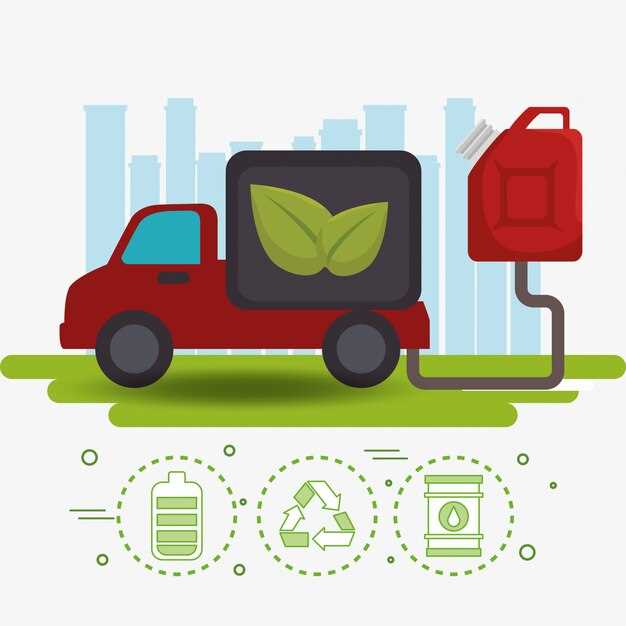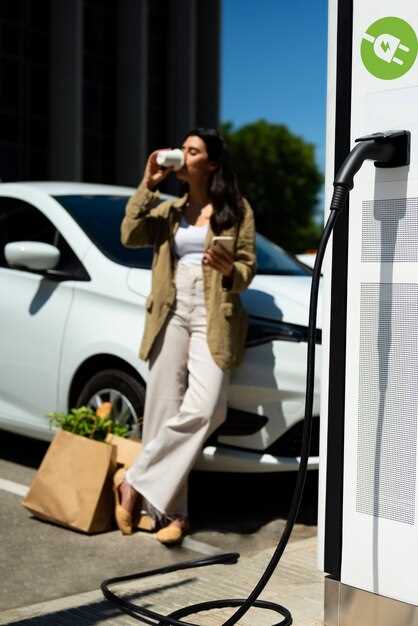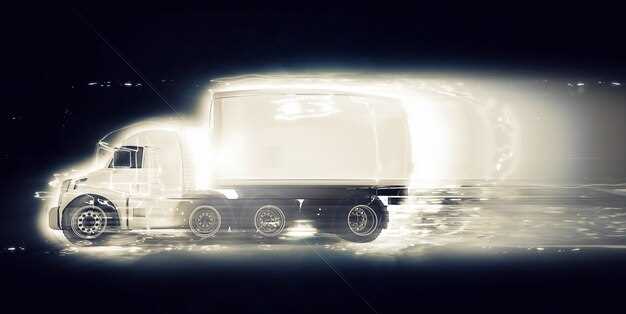
The rise of electric vehicles (EVs) has sparked a revolution in the automotive industry, with manufacturers increasingly shifting their focus towards sustainable transportation. Electric trucks, in particular, have garnered significant attention due to their potential to reduce emissions and fuel costs. However, a prevailing question remains: can these electric trucks match the towing capacity traditionally associated with diesel-powered vehicles?
Towing capacity is a critical factor for many consumers and businesses that rely on trucks for transportation and logistics. Diesel trucks have long been the go-to choice for heavy-duty hauling, thanks to their robust engine performance and superior torque delivery. As electric trucks start to emerge as viable alternatives, it is essential to evaluate their ability to perform under similar towing conditions.
This article delves into the technical specifications of electric and diesel trucks, exploring factors such as power output, battery technology, and weight distribution. By examining real-world towing scenarios, we aim to provide a comprehensive analysis of whether electric trucks can effectively compete with their diesel counterparts in terms of towing capacity.
Towing Capabilities of Electric Trucks Compared to Diesel Models

Electric trucks have gained significant attention in the automotive industry, particularly for their potential to match or even exceed the towing capacities of traditional diesel models. When evaluating these capabilities, several factors must be considered, including drivetrain technology, power delivery, and the inherent characteristics of electric motors.
One of the main advantages of electric trucks is their torque delivery. Electric motors provide maximum torque from a standstill, which allows them to pull heavy loads more efficiently during the initial acceleration phase. This characteristic is particularly beneficial for towing, where immediate power can make a significant difference when starting from a stop or navigating inclines.
In terms of specifications, many electric trucks are now being designed with towing capacities that rival those of their diesel counterparts. For instance, models like the Ford F-150 Lightning and the Rivian R1T are showcasing impressive towing limits, often exceeding 10,000 pounds. These figures are comparable to, and in some cases, superior to popular diesel trucks that have long dominated the market.
However, it is essential to consider the impact of payload and trailer weight on battery range. Towing heavy loads can significantly reduce an electric truck’s driving range, which is a critical factor for consumers who rely on their vehicles for extensive hauling. While advancements in battery technology are continuously improving range and charging speeds, users must plan for potential limitations when towing.
Moreover, the charging infrastructure will play a crucial role in the practical application of electric trucks for towing purposes. Unlike diesel models, which can refuel quickly at numerous stations, electric trucks might require longer charging times, especially when loaded. This factor can affect trip planning and overall efficiency when towing over long distances.
In conclusion, while electric trucks are rapidly closing the gap in towing capabilities with diesel models, several considerations such as torque, range, and charging infrastructure must be evaluated by potential buyers. The evolution of technology in this space is promising, and as battery advancements continue, electric trucks are likely to become even more competitive for towing applications.
Factors Influencing Towing Performance in Electric Trucks
The towing performance of electric trucks is influenced by several key factors. Understanding these can help consumers make informed decisions about their towing needs and capabilities.
First, the powertrain architecture plays a crucial role. Electric trucks typically utilize one or more electric motors that provide instantaneous torque. This characteristic allows electric vehicles to deliver superior towing capacity at lower speeds compared to traditional diesel engines, which may require higher RPMs to achieve peak torque.
Battery capacity and energy management are also critical factors. A larger battery allows for a higher overall power output, which can enhance towing capabilities. Additionally, efficient energy management systems optimize battery usage during towing scenarios, ensuring that there is sufficient power for sustained performance while also managing heat generation.
Weight distribution and vehicle design impact towing as well. Electric trucks often have heavy battery packs positioned low in the chassis, which can provide better stability and traction when towing. Proper weight distribution enhances control and minimizes sway during transport, improving overall safety.
Additionally, regenerative braking technology can be advantageous when towing. This system allows electric trucks to recover energy during deceleration, prolonging range and efficiency while towing. Effective braking systems reduce wear and tear on brakes, improving durability and performance over time.
Lastly, terrain and load characteristics significantly affect towing performance. The steepness of inclines, road conditions, and the overall weight of the trailer will influence how an electric truck performs. Different electric trucks may have varying capabilities based on their design, intended use, and the power available to them.
Real-World Applications: Success Stories of Electric Truck Towing

In recent years, electric trucks have started to prove their viability in the towing sector, showcasing their capacity to handle heavy loads effectively. Companies are increasingly adopting electric vehicles (EVs) for various hauling tasks, leading to several notable success stories across different industries.
One prominent example is BrightDrop, a subsidiary of General Motors, which introduced the EV600 electric delivery van. This vehicle has been employed by major companies like FedEx, demonstrating exceptional performance in urban environments. The EV600’s payload capacity of 2,200 pounds and towing capability of trailers with goods for distribution highlight how electric technology can fulfill logistics demands while offering lower emissions and operational costs.
Another success story comes from Rivian, whose R1T electric pickup truck has gained recognition for its towing capabilities. The R1T can tow up to 11,000 pounds and has been utilized by customers for outdoor activities, commercial purposes, and more. Feedback from users has emphasized the truck’s ability to handle heavy trailers while providing a powerful and smooth driving experience, proving that electric trucks can compete with conventional diesel models.
In the construction industry, the electric truck manufacturer BYD has made impressive strides with its all-electric class of trucks. These vehicles are used for hauling tools and materials to job sites, exhibiting zero emissions while delivering the torque necessary for demanding tasks. Contractors have reported that these electric trucks not only meet but often exceed the performance of their diesel counterparts, especially in terms of maintenance cost savings and reduced noise pollution.
Additionally, the Ford F-150 Lightning has entered the electric arena, receiving accolades for its towing performance. With a towing capacity of up to 10,000 pounds, this model has been adopted by both personal users and businesses alike. Many users have shared experiences of towing trailers and boats, noting that the electric truck’s instant torque provides a seamless towing experience, even under heavy loads.
These examples illustrate that electric trucks are not only a sustainable alternative but are also proving themselves in real-world applications, successfully meeting the towing demands across various sectors. As technologies improve and charging infrastructure expands, the gap between electric and diesel towing capacities will continue to narrow, paving the way for broader acceptance of electric trucks in heavy-duty applications.




